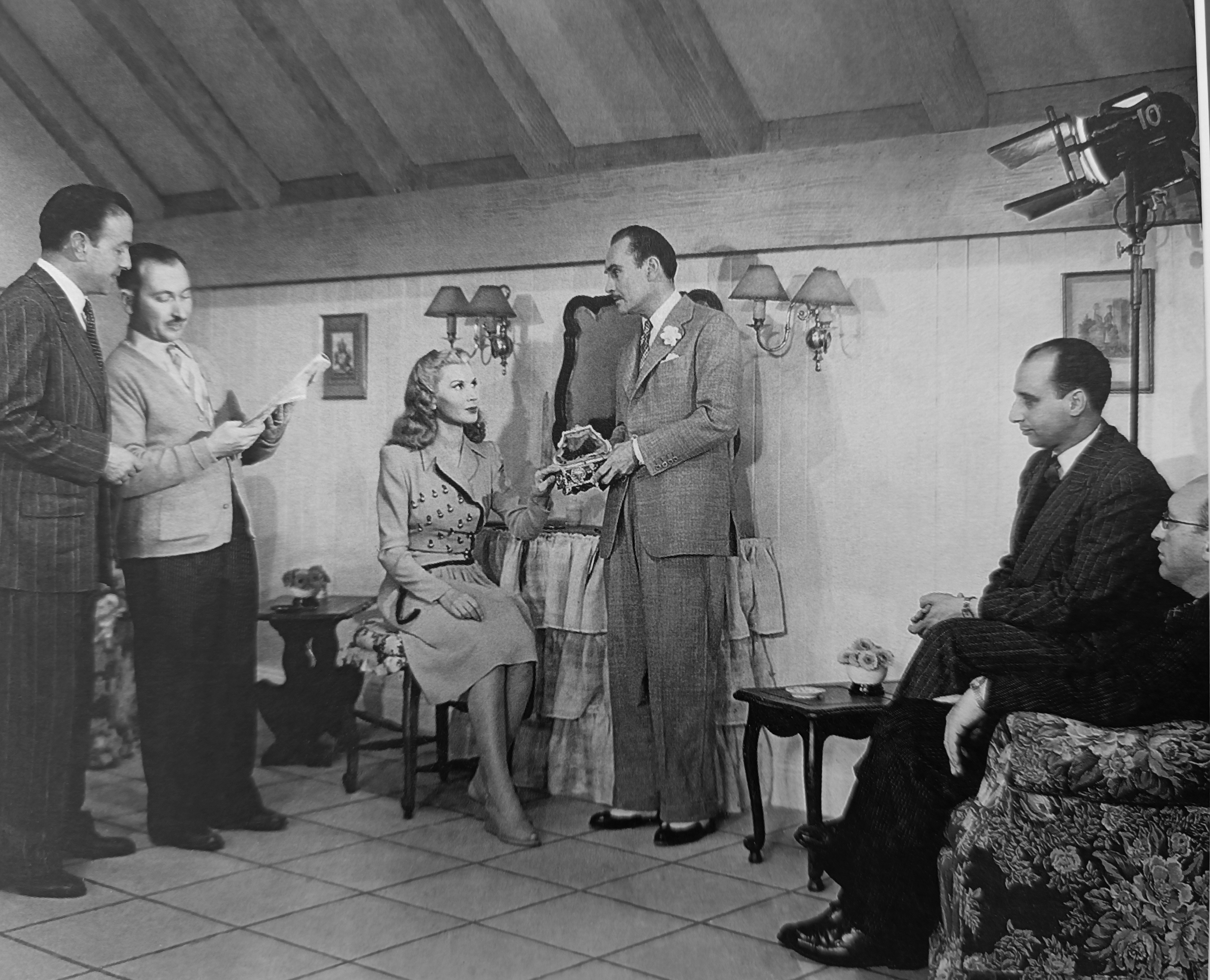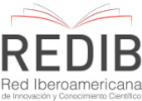La modernidad: Manuel Villegas López y "El jugador" (1947)
Keywords:
Manuel Villegas López, León Klimovsky, Fiódor Dostoievski, El jugador, transtextualidad, cine argentino, exilio español republicanoAbstract
In 1947, the novel The Gambler gave rise to the first Spanish-language film based on a work by Fiódor Dostoevsky. The object of this paper is a comparative study of the hypertexts that said novel generated when Manuel Villegas López, as scriptwriter, and León Klimovsky, as director, decided to make it into a film in Buenos Aires. We refer to five hypertexts: the treatment, the literary script, the technical script, the plot synthesis, and the film. We hypothesise that what is most valued today in the movie, its modernity, was already in the texts written by Villegas. The narratological analysis shows that the film's modernity results from Villegas's operations in the discourse regarding the categories that Genette calls voice, aspect, time and mode.
Downloads

Downloads
Published
How to Cite
Issue
Section
License
Copyright (c) 2024 Emeterio Diez Puertas

This work is licensed under a Creative Commons Attribution-NonCommercial-NoDerivatives 4.0 International License.
Imagofagia adhiere a las diferentes iniciativas que promueven el acceso libre al conocimiento, por lo que todos los contenidos de la revista son de acceso libre y gratuito según la política de Creative-Commons de tipo Reconocimiento-NoComercial-SinObraDerivada 4.0.
Los autores conservarán la propiedad intelectual de los trabajos y concederán a Imagofagia el derecho de su primera publicación bajo las condiciones de dicha política. El envío de cualquier colaboración a la revista implica la aceptación de lo establecido en este documento y la autorización al Comité Editorial para incluirlo en su página electrónica, reimpresiones, colecciones y en cualquier otro medio que permita lograr una mayor y mejor difusión de la publicación.
Luego de su publicación en Imagofagia, los autores podrán republicar sus trabajos o distribuirlos libremente en forma electrónica mencionando su aparición inicial en esta revista.




















